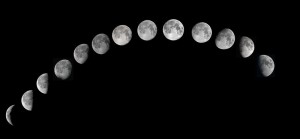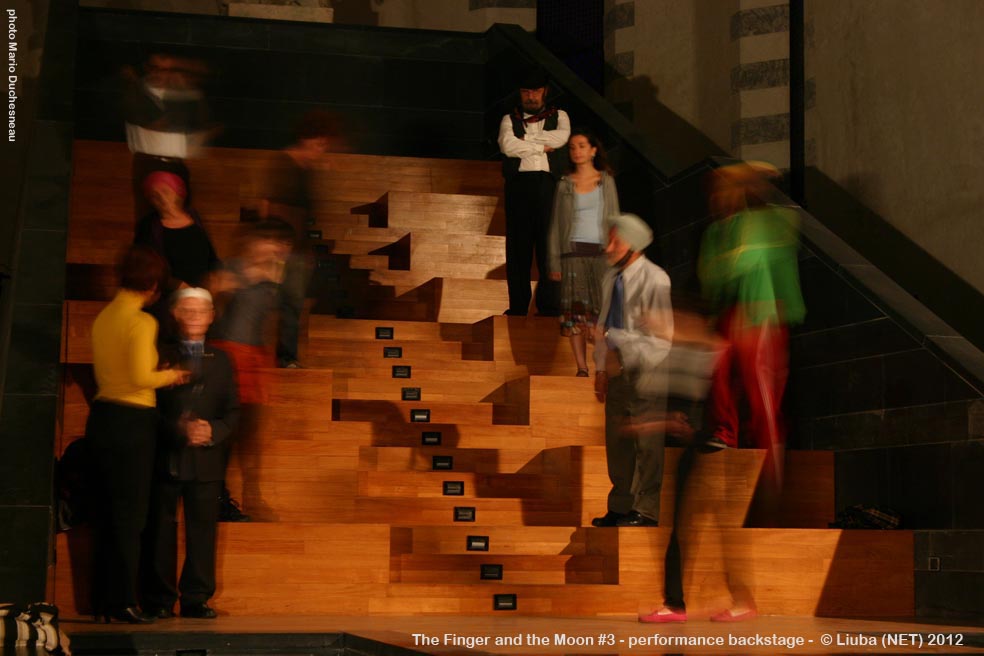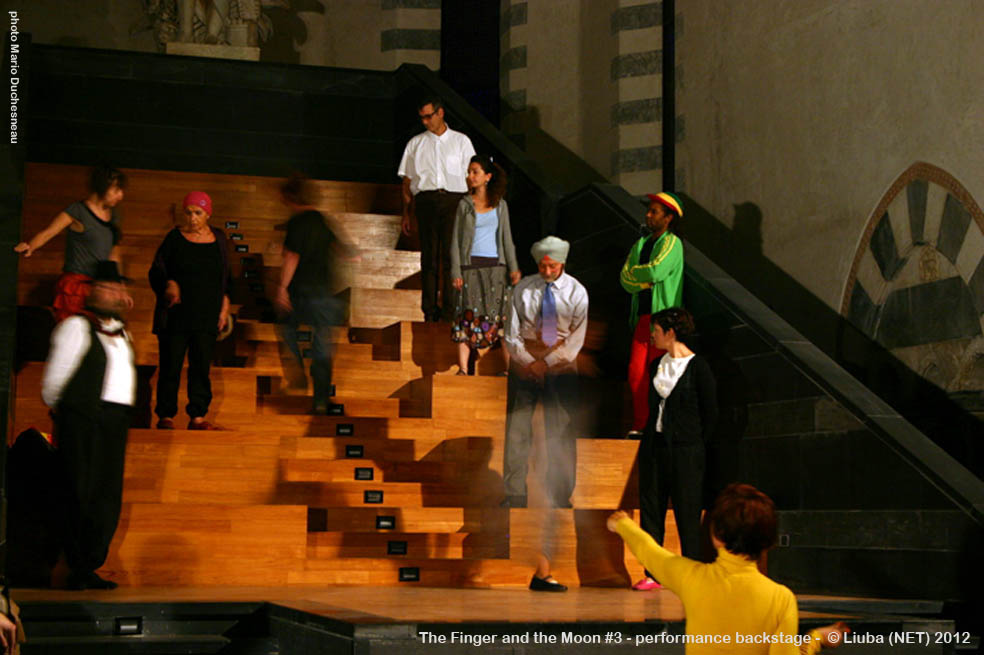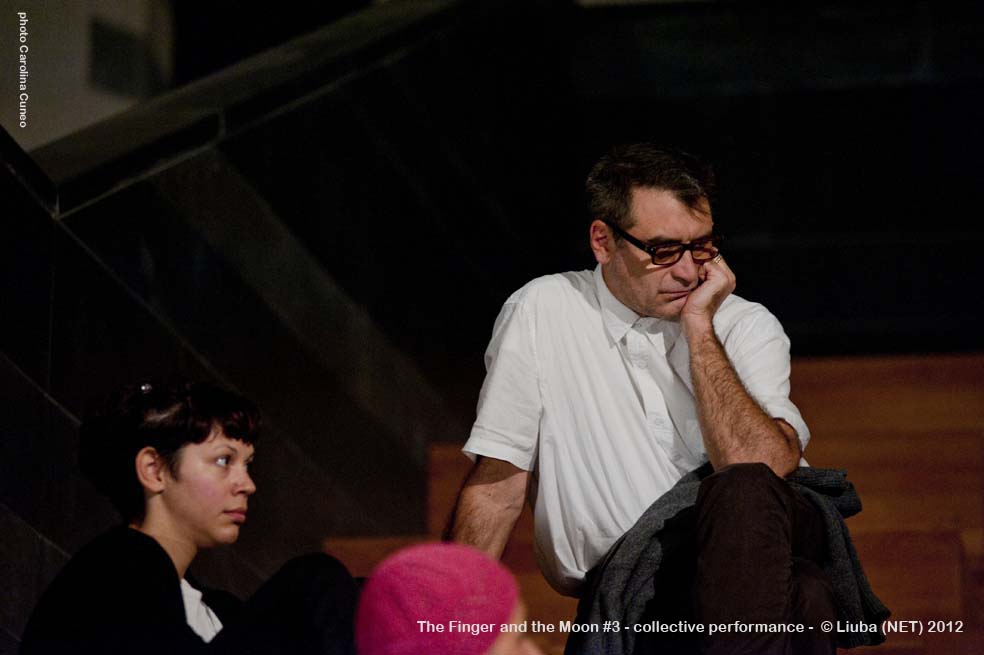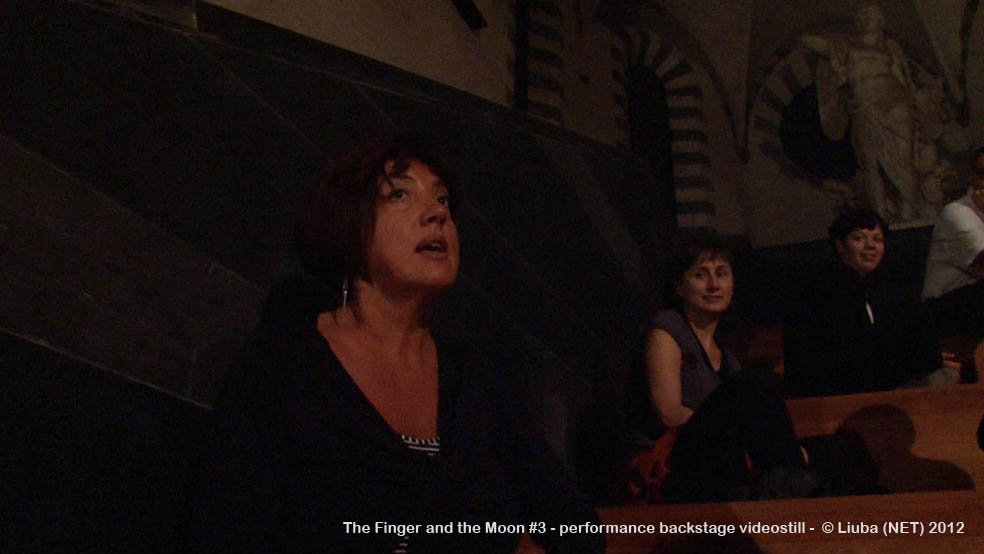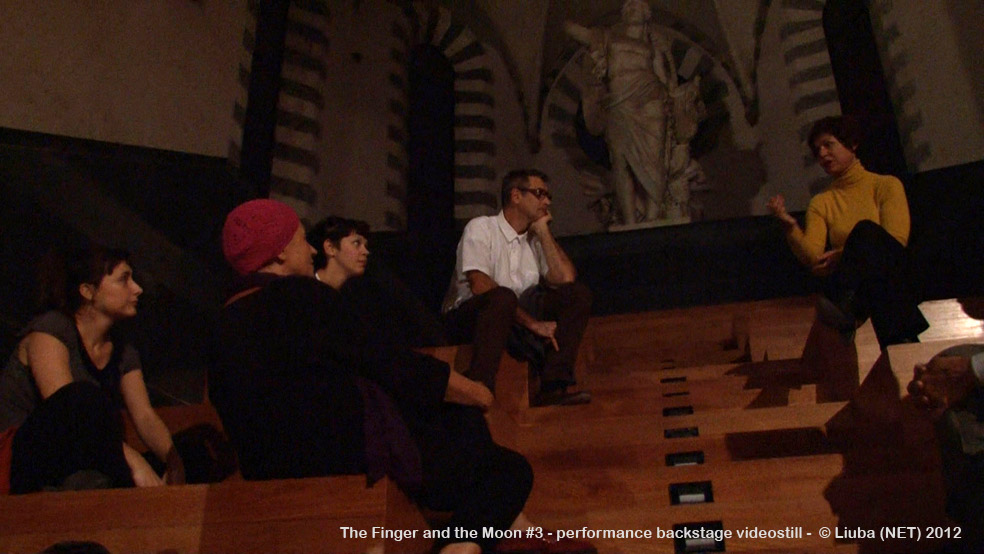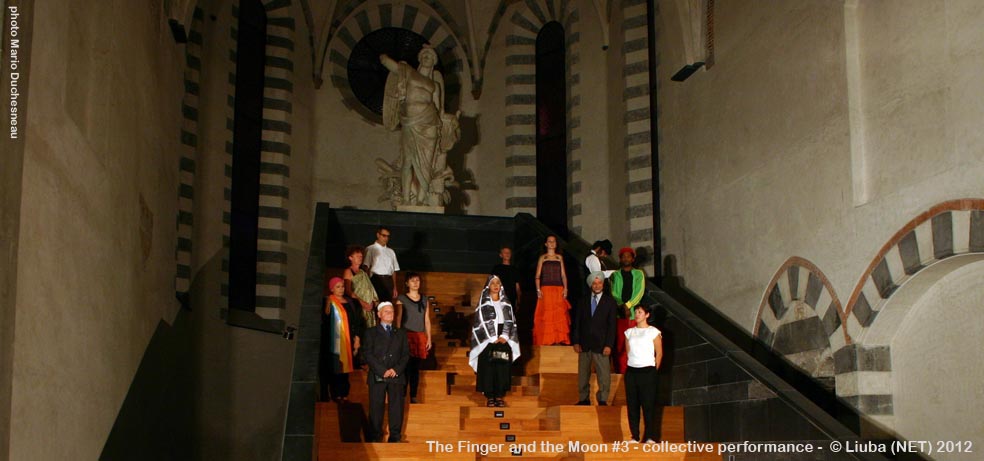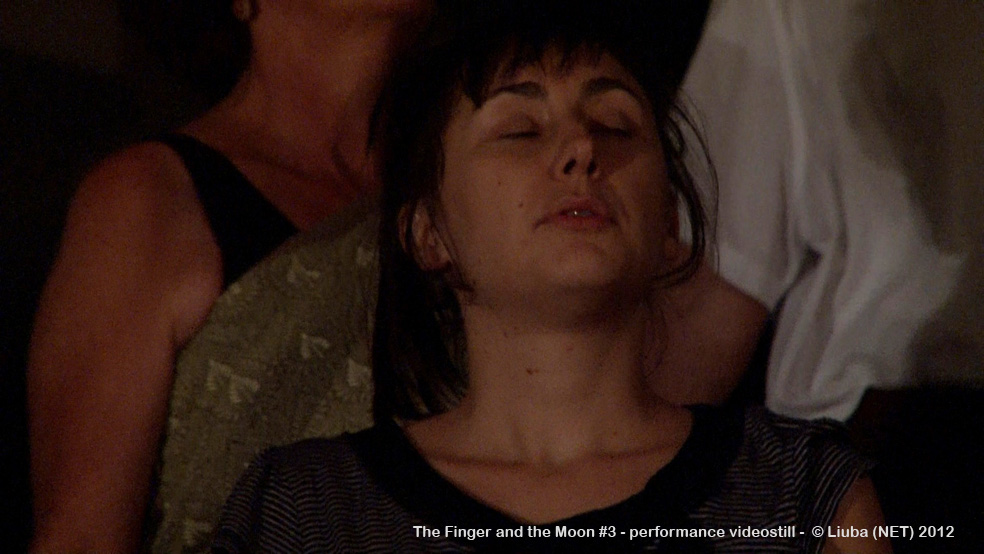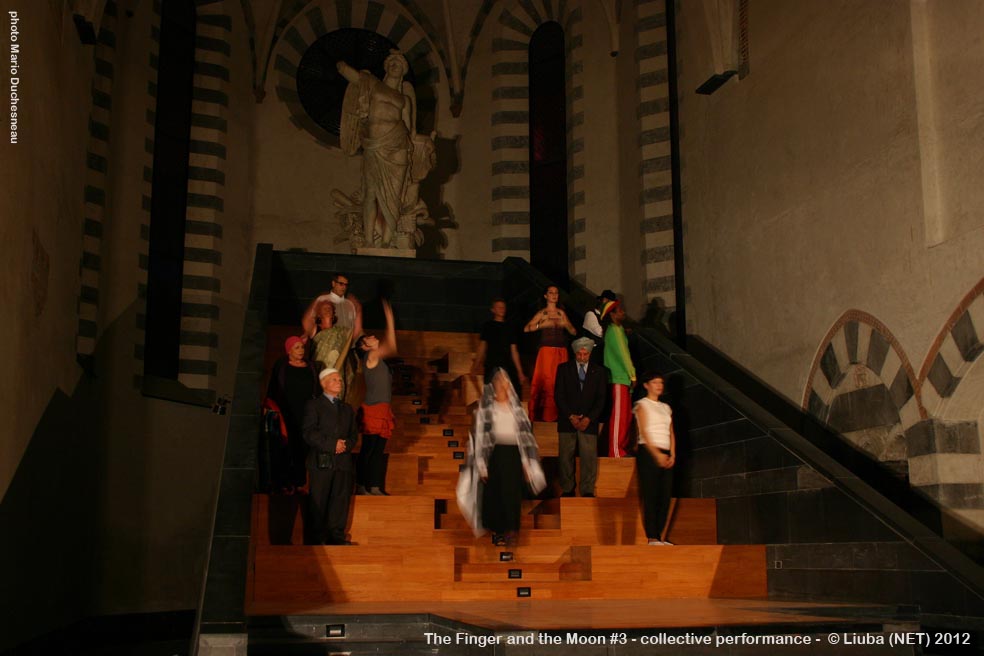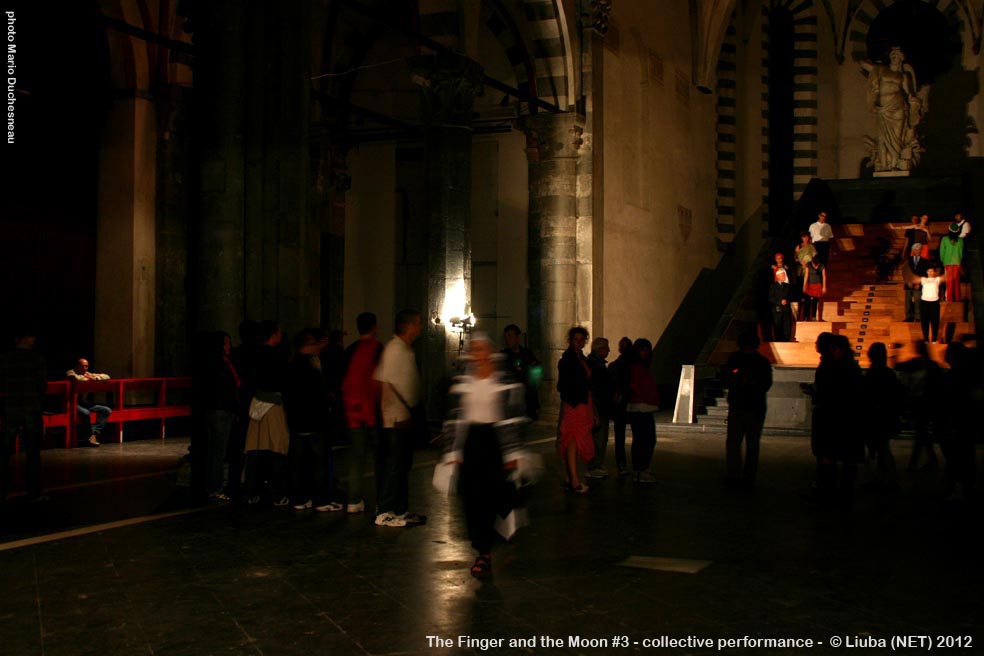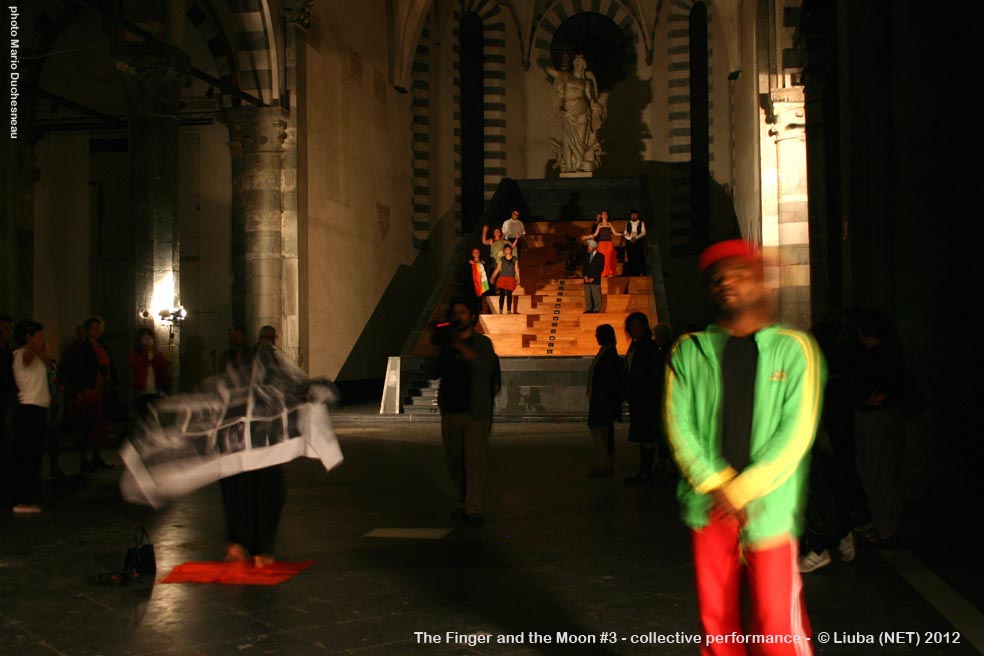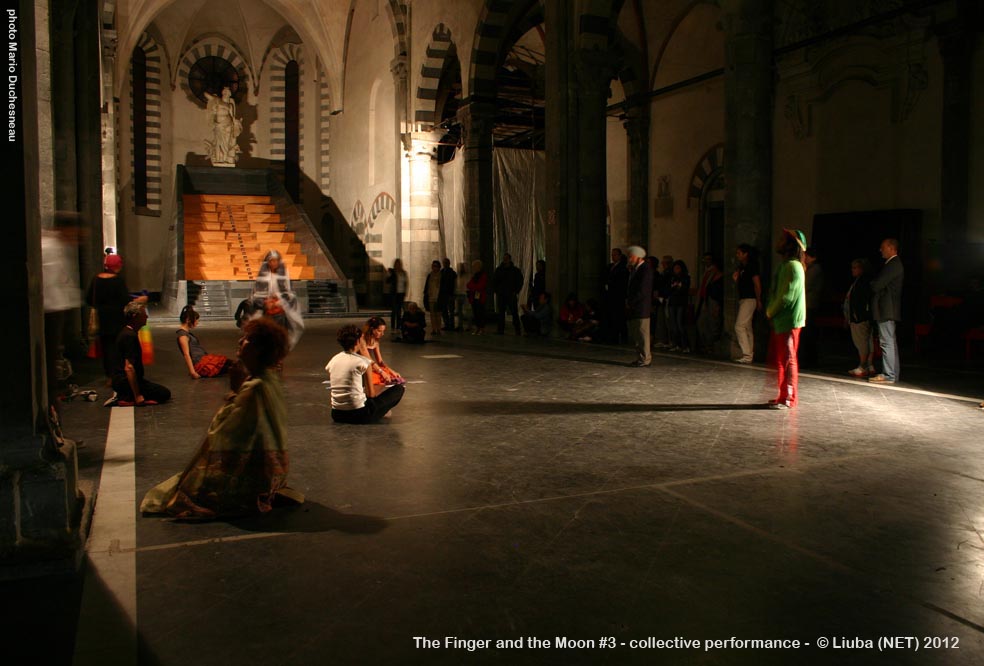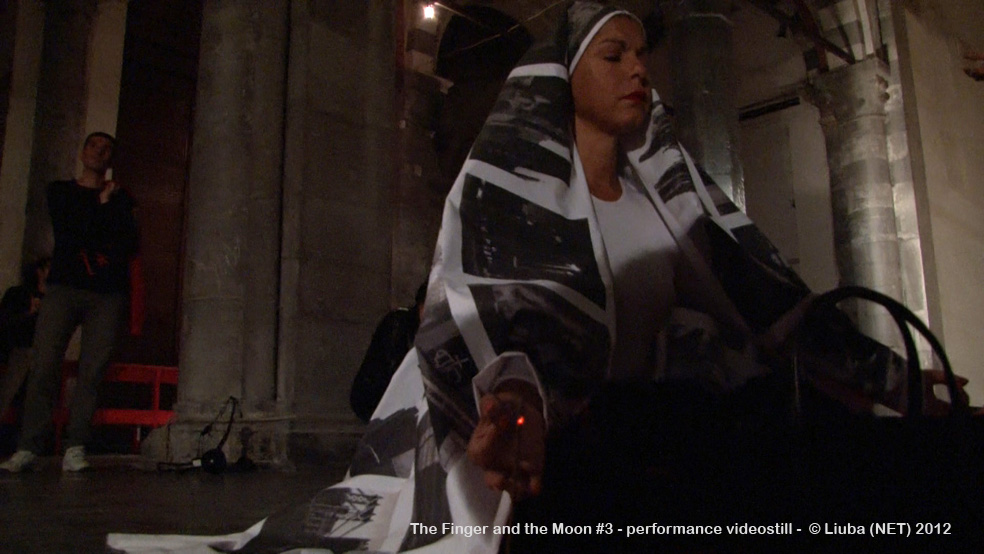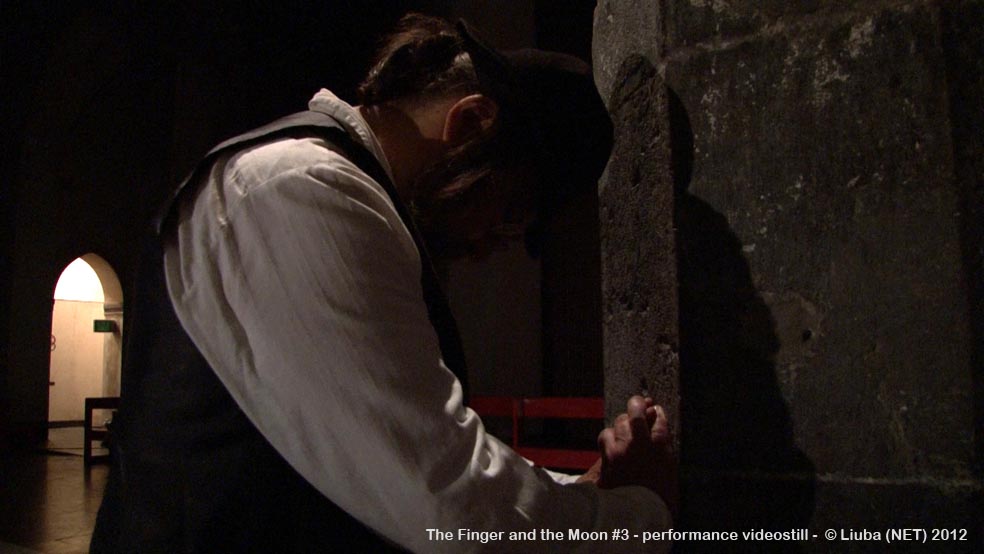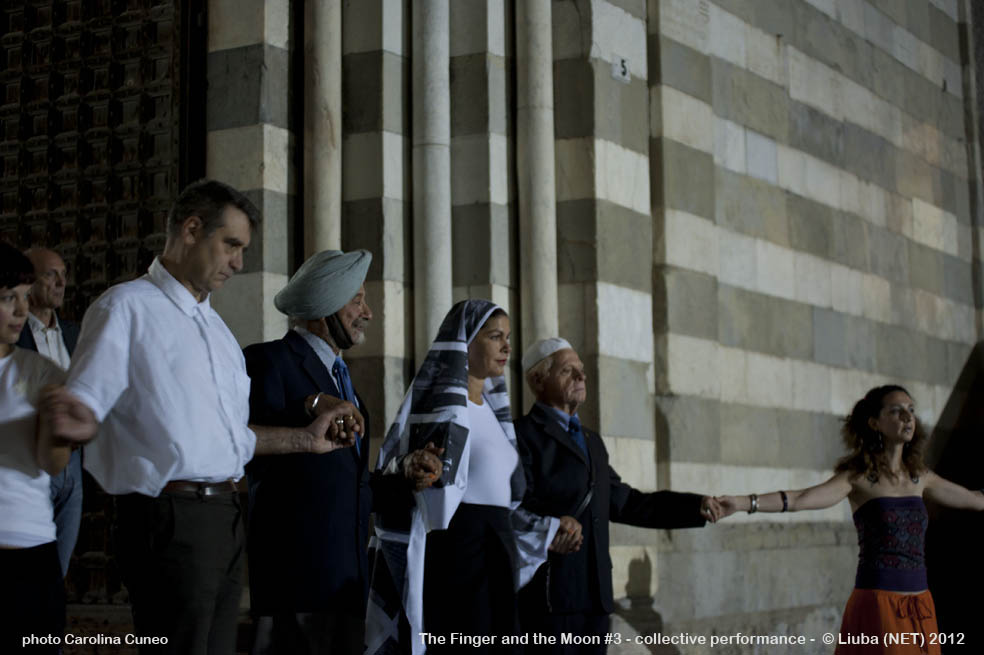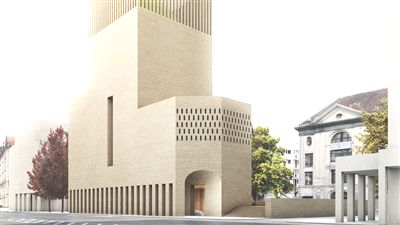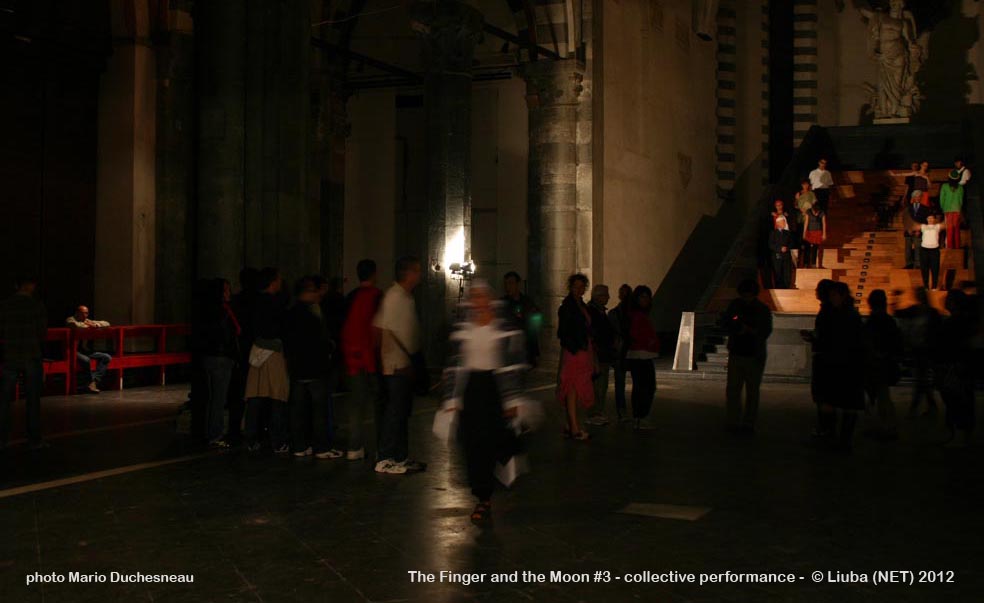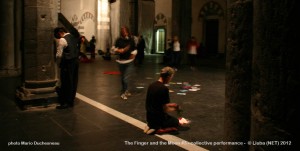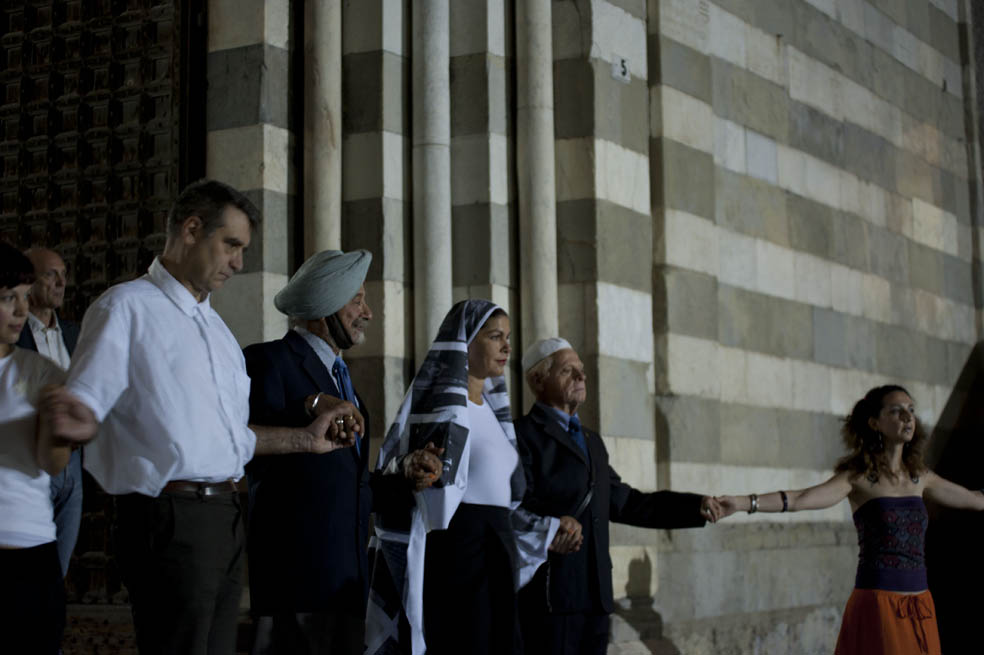Tutte le mani del mondo indicano alla stessa luna. Tutti gli occhi vedono la stessa luna. E tutti sognamo con la stessa luna. In antichitá considerata dea, é l’unica grande sfera sopra di noi che pur ripetendo le sue apparizioni per tutti gli esseri viventi della terra, arriva e sparisce, attira e respinge e muove, muove i flussi, gli oceani della terra cosí come le parti d’acqua presenti in ognuno di noi.
Tutte le dita indicano la luna, soltanto che ogni mano la chiama con un nome tutto suo: Selene a Artemide o Luna e Diana oppure al maschile divenne anche Nanna o Sin o ancora Thoth. Men oppure Tsukuyomi. In India era Chanda, e ricevette una maledizione dal dio Ganesha, che la puní con cicli di 15 giorni, costringendola a scomparire ognitanto.
Per la civiltá di Teotihuacan Chalchiutlicue era la dea dell’acqua relazionata anche alla luna, alla quale dedicarono persino la famosa piramide al fondo della “calzada de los muertos” (210 – 450 d.C.), alta 40 metri. Una grande scalinata porta in cima alla piramide, ovvero sulla piattaforma superiore, dove si realizzavano le cerimonie per Chalchiutlicue.
Per gli antichi celti si contava il tempo con mesi lunari: da una luna nuova alla successiva, un mese equivaleva al ciclo completo del satellite attorno alla terra. Soprattutto per i saggi druidi che ancor piú degli altri vivevano in costante comunicazione con la natura che avevano attorno, la luna e le sue fasi rappresentavano momenti decisivi per poter raccogliere certe piante e averne cosí la qualitá migliore. La luna avrebbe influsso anche sulla presenza benefica o meno dei principi attivi della pianta che si vuole raccogliere, tanto che solamente alcuni momenti del mese, del giorno e della notte sono buoni per effettuare la raccolta.
Per secoli e per qualcuno ancora oggi, la luna scandisce ritmi concreti di lavoro e ordina nel tempo attivitá funzionali al lavoro della terra. I contadini aspettano il nuvilunio per mettere il mosto nelle botti affinché diventi vino, e la luna é fondamentale. Fasi di luna crescente o calante sono importanti nella raccolta e nella semina, da sempre.

